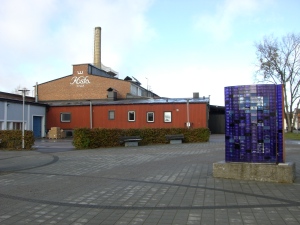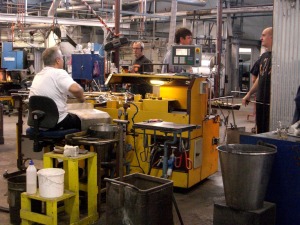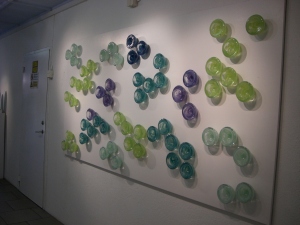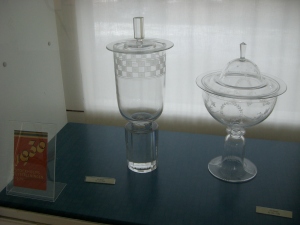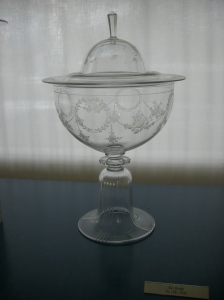In Tokyo, an experimental exhibition was held from October 27, 2012, to February 3, 2013, at Museum of Contemporary Art Tokyo: Art and Music-Search for New synesthesia.
Organised by Tokyo Metropolitan Government, Museum of Contemporary Art Tokyo, Tokyo culture Creation Project Office and the Tokyo Shimbun (Tokyo Newspaper).
The works exhibited were of Sakamoto Ryuichi, Takemitsu Toru, Carsten Nicolai, John Cage, for example. But I was quite impressed by “clinamen” by Céleste Boursier-Mougenot, and “Two Times 4’33” by Manon de Boer.
The “clinamen” drew me into the unknown world. Its sounds, rung by porcelain bowls’ kissing each other floating over the framed pool, made me left speechless.
How can we define whether it is art or music? It is quite impossible to do it, I suppose. Fundamentally, “music” is a component of the vast definition of “art”. In such a meaning, Wassily Kandinsky would describe “musicians” were those who could realise the abstruct subject.


